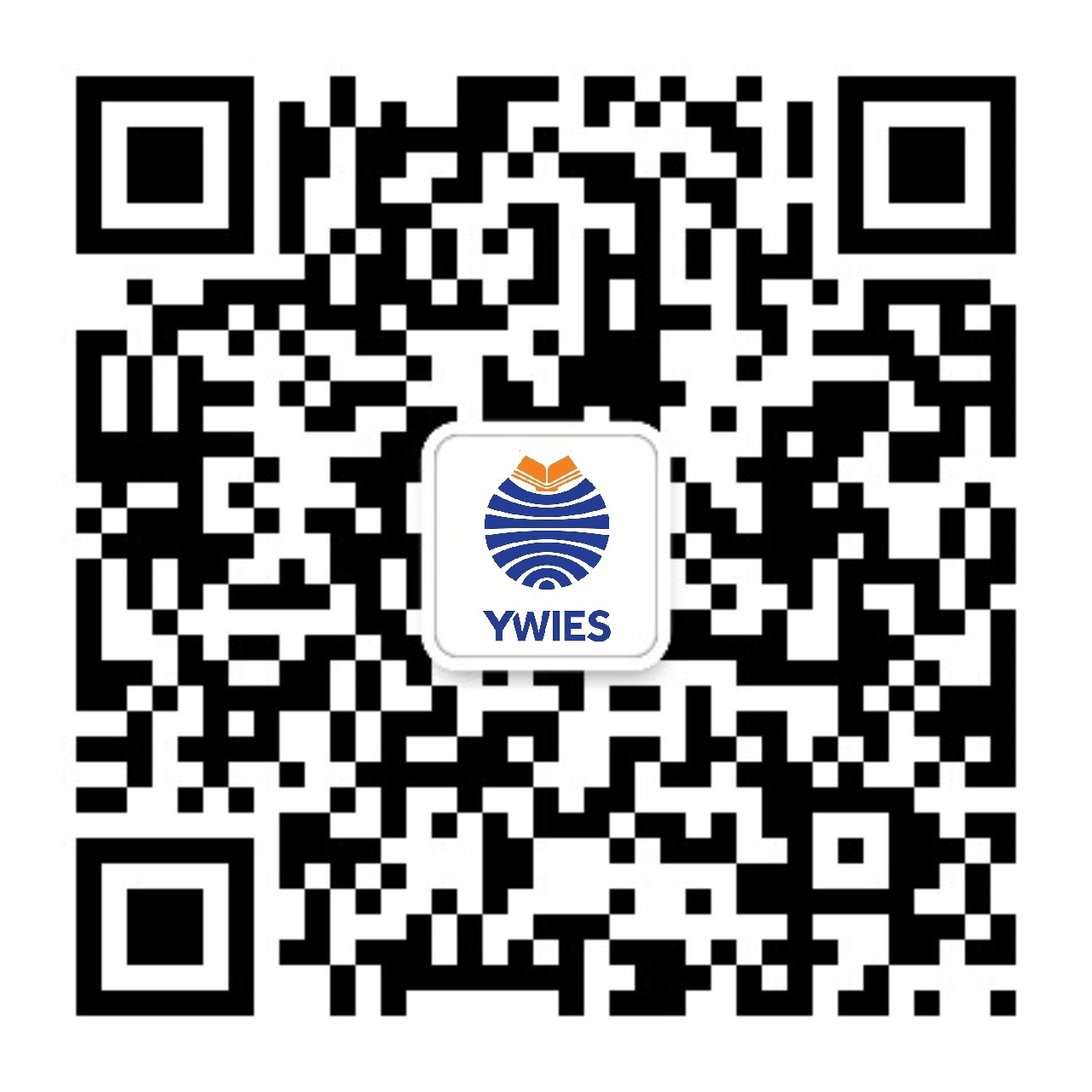Go Back
News
Wechat News
K5 Panther - Time Travel Back to Ancient Egypt
Wechat News
03 Jan, 2022
10 : 00
In the children’s play, we saw them making a burial tomb for a dead spider and holding a small funeral for it. We also noticed a continuing theme of bringing someone back to life using CPR in the children’s play. To further explore the concepts of tombs, funeral rituals and bringing people back to life, we decided to do it through the context of ‘Time travel back to Ancient Egypt.’Thus our new topic was born!
The Provocation
A lot of time was spent setting up the initial provocations and environment. We wanted to create excitement in the new topic and allow the environment to allow for hands-on learning about Egypt. We created a list of important words for our word wall to implicitly teach throughout the topic.
The busy scene at the boarding gate ready to board to Ancient Egypt.
The students arrived on the first day ready to travel back to Ancient Egypt with their suitcase and passport. They were ready to complete the activities to earn stamps in their passports.
Planning our Unit
To begin our topic, we brainstormed what we knew about Ancient Egypt and what questions we wanted to find out. We could see from our brainstorm that a lot of the students had some understanding already about Ancient Egypt. The questions and prior knowledge then became the basis for the planning for our unit.
Providing Background and Context
Providing background and context from our initial brainstorm, we knew the students had some knowledge about Egypt which we could build onto and extend. Therefore, we spent some time exploring information about Egypt by comparing it to our own experiences. We looked at where Egypt, China and New Zealand are on a world map and discussed what continent these countries are in. We discussed the famous monuments of China and Egypt. These discussions would ensure all students had some background knowledge and context for the learning to come.
Exploring Zuriel’s Question
Zuriel wanted to know about the secret power inside the pyramids, so we explored what was inside a pyramid such as secret entrances, trap doors, hieroglyphics, treasure, the role of the Sphinx and the legends of the curses. The students demonstrated their understanding through participating in activities such as decorating our class pyramid, making their own Egypt Triarama and decoding hieroglyphics.
Exploring Ronny’s Question: How were the Pyramids made?
To begin, we explored our own ideas of how we thought the pyramids were made before looking at theories of scientists. We looked at how they may have moved such big stones using logs and slopes. Some students tried to recreate these processes using weights, toy logs and by building their own slope to reach a point on our pyramid. Other students explored the structure and shapes by making pyramids from marshmallows and tooth picks.
Connecting with experts - Miss Karen & Bill’s Dad
We invited Miss Karen to be a guest speaker to share about her personal travels to Egypt. This allowed students to ask more questions that they may have developed to a person with firsthand experience of visiting Egypt. The students asked some interesting questions such as “Was the sphinx big?” “Did you go inside the pyramids?” Our second guest was Bill’s Dad, and our students had some interesting questions for him, such as “What language do they speak in Egypt now?” and, “Does every pyramid have a sphinx to protect it?”
Exploring Elena’s and Lucky’s questions
Elena wanted to know how to make a mummy and Lucky wanted to know if the mummies are still alive. Therefore, we prepared a Powerpoint, video and hands-on mummy making activities to help the students understand the process of making a mummy. In one activity, the students made a mummy from an apple. The students learnt to conduct a scientific experiment, including using a control experiment.
Extending learning into play
The students were engaged in building pyramids in our kinetic sand during their exploration time. In this picture, you can see the entrance to the pyramid, the River Nile and a road for sightseers.
During exploration time, some of the students were really interested in removing the body parts, filling the body with salt and placing the organs into jars, just like we learnt the Ancient Egyptians did!
Exploring Gabriel’s Question: What foods did they eat in Ancient Egypt?
To answer this question, we looked at a Powerpoint and let the students answer the questions based on the images they saw in the Powerpoint. We also had a guest speaker who spoke about his trip to Egypt and he was able to discuss the foods he saw and tasted.
Decoding ancient Egyptian’s characters
Just as the ancient hieroglyphics of Egypt fascinate archaeologists in this mysterious country, in our class too, there were also a group of young explorers who loved deciphering hieroglyphics. In the Chinese class, we introduced the meaning of hieroglyphics and the way ancient Egyptians recorded them. Then, we compared the evolution and development of Chinese characters and the relationship between Chinese oracle bones and modern Chinese characters. In the art classroom, we experienced the process of printing ancient characters. Furthermore, in our exploration of reading simple sentences about Ancient Egypt, the children are becoming increasingly interested in the purpose of punctuation marks and try to adjust the tone of their reading according to the punctuation marks in the sentences.
Looking at Egyptian Art in our specialist’s Lesson: Exploring the secrets of canopic jars
After understanding the purpose and types of canopic jars, we had a chance to make our own. The children wrote the name of each animal on their jar in hieroglyphics. They also molded the corresponding body organ and the top of each canopic jar out of clay.
K5 Archaeologists
The mysteries of Ancient Egypt are at the heart of every archaeologist. The students also turned themselves into little archaeologists and began excavation activities. The students wore protective goggles, gloves, picked up the small hammers, brushes and other basic equipment and in groups of twos and threes, they experienced the excitement of excavation!
The students were keen to share their discoveries with their peers. They were using language to describe what they saw, and were applying the vocabulary and content knowledge learnt throughout the topic.
Independent Exploration Time
The students enjoyed exploring the Ancient Egypt books we provided in our class library.
Egypt theme Challenge event
In order to celebrate what the children learnt in this topic, we held an ‘Ancient Egypt Theme Challenge’. We were deeply impressed by the teamwork, perseverance and confidence of each student in this activity. Our class enjoyed their trip back to Ancient Egypt and we hope that their future is influenced positively through this experience.
Saying Goodbye to Ancient Egypt
With the end of the topic, the students took their stamp filled passports and suitcases filled with memories of Ancient Egypt, and waved goodbye. It was a fun, unforgettable action-packed trip!











